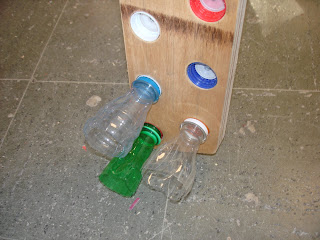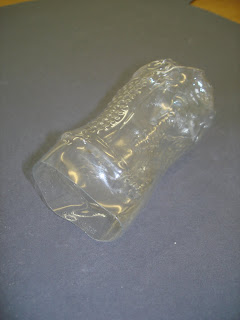This post may put my blog out of order, but I feel that it is a good example of the
cradle to grave &
cradle to cradle product life cycles.
The reason it is not already on my blog is that in the end, the skateboard was the wrong object to choose and I tried to get rid of all the evidence of my mistake. However, as the year is coming to an end, I thought I had better document both successes and mistakes throughout the project because both developed my project to where it is now, enjoy!

After the skateboard's first-life, the owner possesses the power to influence the route of the object after this stage.

After finding a skateboard dumped near a building site, I set about restoring the worn object to its original condition. At first I leant towards the restoration route rather than redesigning the object's function, but a short time into the process I began to explore the possibilites of the latter (look out for examples in furture posts).

The underside of the deck required some serious maintenance, I found it scratched and waterlogged. After stripping the design off, I sanded the board until I found a nice clean layer of wood to work with. My aim at this stage was to achieve as good a finish as possible.

Achieving the perfect finish required a lot of priming and sanding. This was the toughest stage and a lot of man hours were put into the process, disregarding some of the suggestions of my lecturers to call it a day and move onto another object.

First coat of spray paint after countless layers of primer and filler. To achieve a strong colour finish, I built up the layers rather than putting on one thick coat of paint. In between each layer I would lightly sand the surface to remove any remains of the wood grain underneath.

Skateboard after several coats of paint. The paint was still wet, so slightly shiny. I would then lightly buff the surface with a low-grade steel wool to remove any imperfections residing from the spraypaint.

Finished. The old trucks and wheels were attached and I also left the griptape on top in the condition I found it to show some trace of the object's first-life.

In the end, my lecturers were right. I should've abandoned the skateboard and used another object. However my instinct was to run with the object I found. I fell in love with the shape and all the associations attached to the skateboard. This is an example of the cradle to cradle cycle, the restoration process, and a time to jump ship and find new land. Might have been better choosing a surfboard instead!

















































